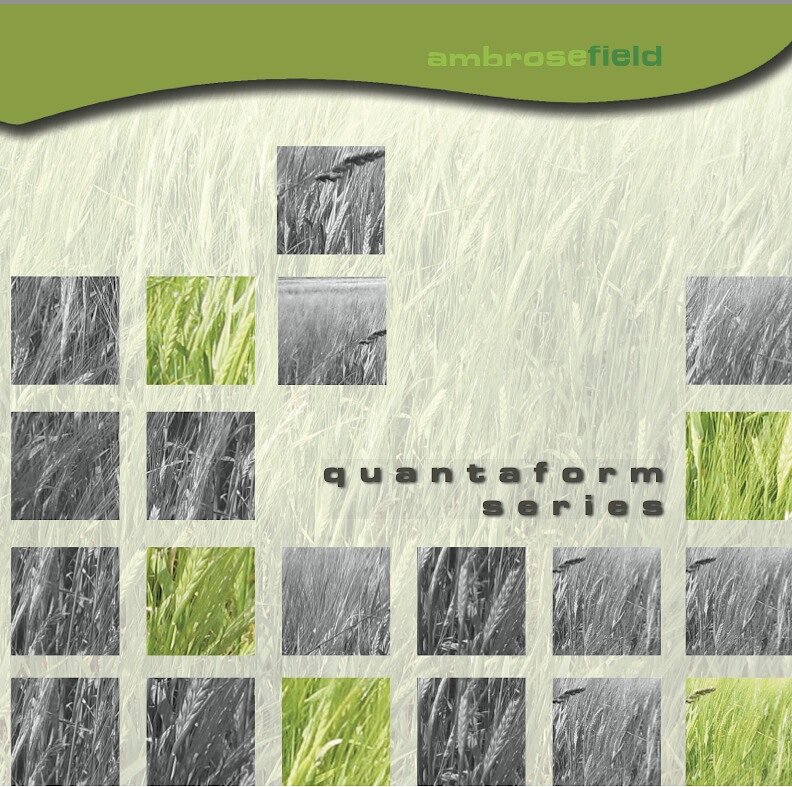C Flute, 40 mins duration
Background and new 2019 Realisation
Quantaform Series is an unusual 20 movement work for solo flute where each movement is precisely matched to the acoustics of the site in which it is to be performed. Each of the twenty movements is written to match a different acoustic space. The choice of which movements to perform, and in what order, is up to the performer.
The pieces are tightly focused and short. Silence - and pauses in sound - play a significant part in this work as the reverberation from the venue is treated as if it were also a performer itself. The influence of the Japanese Shakuhachi (bamboo flute) is never far away. The performer must agilely create delicate overtone timbres and beautiful pitch-bends.
Quantaform Series calls for an extensive range of expressive control from the performer. Shaping the onsets of notes, the performer is ask to carefully control first few milliseconds of each sound to create distinctive ‘envelope’ patterns of attack and decay.
Through this technique well-known to synthesiser performers of electronic music, time can be made to feel like it is flowing backwards (through reversed amplitude envelopes), and sound can take on beautiful feeling of sustain (through smoothing out the onsets).
This process poses a considerable technical challenge to the performer, as these aspects of performance lie beyond articulating the notes and require a detailed concern for their micro-level shaping. Perhaps as a consequence, Quantaform Series has been taken-up as an finals examination work in Music Conservertoires (both in the UK and Europe) for graduate-level flautists.
Virtuoso Jos Zwaanenburg first performed the cycle in 2013, and made a commercial recording of it on Sargasso (Sargasso: SCD-28071) - a contemporary music record label known for releases by Jonathan Harvey and Simon Emmerson. This recording used studio reverberation to re-create the performance environments to which the movements were linked. It is also possible to perform the work live this way, using an electronic reverberation unit (or pD/Max patch) and amplification.
However, the original intention for realisation of Quantaform Series was more challenging: to record each movement within an real (rather than simulated) acoustic space matching the required reverberation characteristics. This in practical terms is a complex process,as a performer would need to organise performances in up-to twenty different locations, creating a coherent bond between the acoustics of the site and the notes on the musical score.
For the first time in 2019 this is made possible through a grant from the Arts Council National Lottery Heritage Fund. This enables the making of a film featuring exceptional Leeds-based flautist James Wilson. Through the support of Screen Yorkshire, James will perform in real-world locations from around Yorkshire, pitting flute against environment in an unusual and dramatic dialogue in locations ranging from urban powerstations to sweeping natural vistas.
Original realisation - Jos Zwaanenburg
I was intrigued to see how Jos Zwaanenburg would tackle award-winning contemporary composer Ambrose Field’s flute compositions. Divided into two different sections each deals with the flute in a different way.
http://idwalfisher.blogspot.com/2013/09/
The project marks a significant strand of new thinking in my compositional process. I wanted to link the composition and performance process in new ways, in this case, by understanding the acoustic in which the performance could be made and working backwards from that to the composition of the notes on the page. Too much of Western composition, for me, is in the abstract - looking at a score conjures up a vision of a dislocated, ‘ideal’ performance where the acoustic contribution is visually absent. What if it were not?
I began to design notational tools which enabled me to ‘see’ what the music would look like in certain reverberant environments. What would a longer acoustic do to the sense of harmonic suspension - or what would performing outside, or in a forest mean for the types of textures that I might write. Composers have had the acoustic of the performance in mind for centuries, and indeed, many of the world’s music spaces are specifically designed around the music written for them. I wanted though to be able to take this relationship to a new level, of accurate prediction, of really being able to treat the bond between piece and place as a highly specific.
In order to do this, it is necessary to look not just at the reverberation time of a venue, but the spectral content within it and how that sound occupies three-dimensional space. (Please see the Architexture Series of works for further examples of this technique).
Recording
Quantaform Series is recorded on Sargasso, SCD

Score
A new edition of Quantaform Series is presently being prepared and will be out shortly. In the meantime, please contact me if you’d like to perform it and require the score.